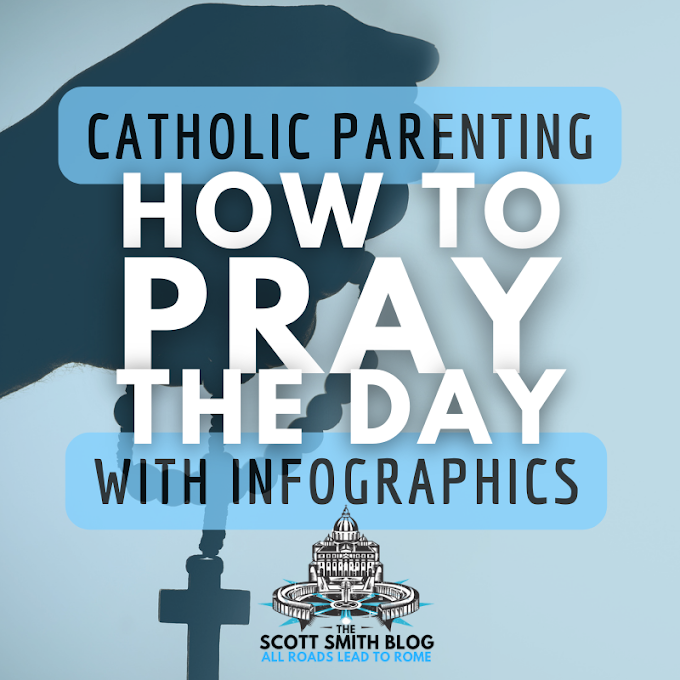Much has been written about James Cameron's new epic Avatar ... about it stunning 3D visual effects, big budget, etc., but I haven't seen much written about the theology or mythology behind it. There seems to be a subtle, maybe even sophisticated, theology behind the story.
I noticed a few things, and I wanted to jot down a few ideas:
- How does Pandora represent an prelapsarian (before the Fall) world in which Nature and Grace have not yet been divorced from each other? How does the god Eywa represent the unbroken bond between Nature and Grace? (and the Holy Spirit?)
- Are the Two Sacred Trees, the Tree of Voices (or Souls) and the Hometree, an allusion to the two trees of the Garden of Eden, the Tree of Knowledge of Good and Evil and the Tree of Life?
- Is Sigourney Weaver's character name, Dr. Grace Augustine, an allusion to Saint Augustine's Doctrine of Grace?
- What does the Second Birth of the Na'vi race say about Baptism?
In the movie Avatar, however, a day on Pandora is no Sabbath. There's no time to admire the beauty of Pandora with all the massive, angry animals stalking around. Corporal Jake Sully takes a moment to admire the beautiful flora of Pandora, the collapsing "helicoradian," at the beginning of the movie, and ends up running for his life and jumping over the edge of a cliff to escape a "thanator."
But, the Na'vi people do live in a graced harmony with nature in two related ways:
- First, the Na'vi are capable of a neurological connection with animals through the "queue." The Na'vi can actually unite their wills with those of animals by physically connecting their neural networks (by mutual acceptance).
- Second, Dr. Grace Augustine discovers that the bio-botanical connection between all the living organisms of Pandora is far more extensive than anything known on Earth. The Tree of Voices eventually reveals the extent of this.
It's as though mankind has stumbled into a second Garden of Eden, only to fall all over again. Only, our sin isn't so "original" this time. The Corporation, which is mining Pandora's rich natural resources, serves as mankind's representative in the same way Adam did. The Corporation desires, above all things, the fruit of the Na'vi's sacred tree, the rich deposit of "unobtainium" beneath the Hometree, which also--it is said--happens to be the only thing which can keep Earth from dying.
Because of Original Sin, however, mankind cannot freely eat of Eden's Tree of Life. "Lest he put forth his hand and take also from the Tree of Life," man is barred from the Garden (Gen 3:22). The way is shut and guarded. Because of our fallen wills and polluted motivations, there is no easy, painless way to bring forth life. We must suffer to bring forth life, as with childbirth or the paralyzed Jake Sully or the Suffering Servant, who dies on the cross.
A mineral such as can be found by plundering Pandora can only delay the inevitable. It is a temptation destroying the relationship between the humans and the Na'vi, who hold the truest hope for a post-Earth mankind. Did you notice the name of the trucks which harvest that rich mineral, "unobtainium"? Did you notice the name of the human colony on Pandora? Hell trucks. Hell's Gate. It begs the question: on which side of the gate does Hell really lie? Did you notice the name of the mineral, itself? "Un-obtain-ium"? And so it is. It's the illusion, the false pursuit, that will claim your life while improverishing you; it's the road to hell.
The Na'vi's union with nature proves that their natures are not fallen in the same way as mankind's. The story of Avatar is a story of the reunion of grace and nature. [THESIS]
The story presents this contrast between man and the Na'vi in three ways characters interact with the world around them:
- Greatest Union of Grace and Nature: The Na'vi Communion, in which the Na'vi connect to nature and to souls directly through the "queue" (i.e. through a bio-botanical neural network);
- Transitional Union: The Avatar, the greatest union that man can accomplish by his own power and strength, a union which only the Tree of Souls can complete;
- Dis-Union, or Hollow Union: The AMP (Amplified Mobility Platform) suits of the army, which only mimic the union of animal and human found among the Na'vi.
So, what's in a name? There must be something going on with Dr. Grace Augustine's name. The pairing of the words "grace" and "Augustine" is an unlikely coincidence. With his Doctrine of Grace, Augustine, Doctor of the Church, has ensured that his name will always be associated with grace, the fall of man, and free will.
But what does it mean for Sigourney Weaver's character to be called Grace Augustine? Dr. Grace is portrayed as a clearly brillant woman, with many natural gifts and talents (not unlike Weaver's character in Gorillas in the Mist, Dr. Dian Fossey). As a xenobiologist, one who studies alien life, she dominates her field. She has gone further into the Na'vi culture than any human being alive. But! She ultimately fails to be taken into the Tree of Souls, and dies before her soul can be incorporated into Eywa. It is the free gift of Eywa--it is grace--which allows for the incorporation (i.e. redemption) of a soul. It cannot be earned; it cannot be gained no matter how far we can reach.
The Second Birth & Baptism
Na'vi are initiated into society by being born again: their "Second Birth." This is the Christian Sacrament of Baptism. In Baptism, we are sanctified by the grace of the Holy Spirit; our fallen natures are again united perfectly with grace; we are born again. This is why Baptism is the basis of the whole Christian life (CCC 1213).
Christians, like the Na'vi and their "queue," also have a direct link to the life of this world: the Holy Spirit, "the Lord, the Giver of Life" (Dominum et vivificantem, from the Nicene Creed). Eywa represents the Holy Spirit, by whose power Jake Sully can fully transition into his avatar and Pandora's animal life is summoned against the forces of Colonel Quaritch.
Natural Miracles
For me, this biological representation of the Holy Spirit is the most powerful part of the Avatar story, and its greatest contribution to science fiction. This piece of the story, more than any other, sparks my imagination. I suppose I'm always looking for a biological basis for God's miracles. I don't intend to dismiss miracles by physical explanations; I hope to see the whole physical world as a miracle. As Einstein said,
"There are two ways to live: you can live as if nothing is a miracle; you can live as if everything is a miracle."
Biology and all of science is God's handiwork and His laws. In the case of miracles, God doesn't violate His own laws, his own essence; He demonstrates the full potential of His Creation. Isn't it fantastic that we can ask how?




.jpg)










5 Comments
• Carl Jung's theory of collective subconscious
• Einstein's god ... (as you can appreciate)
• Jill Bolte Taylor (see her TED presentation)
• The basic differences between Lao Tzu and Confucian notions of the individual and society
• Mandelbrot Sets
• the Japanese concept of 'kandou' — being so deeply moved that one suddenly loses past/present, self/other distinctions
• the GINI gap - the growing inequality in free market cultures,
• the nuclear disaster in Fukushima
• American oil interests clothed in the search for WMD's
• The misinterpretation of volunteerism in relation to helping 'develop' countries or ethnic cultures
• yadda yadda yadda ... the list of connections changes with each time I used the movie. But what is more interesting is to see what Japanese students come up with in group presentations of their own deconstruction of the movie.